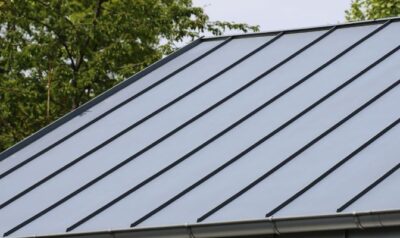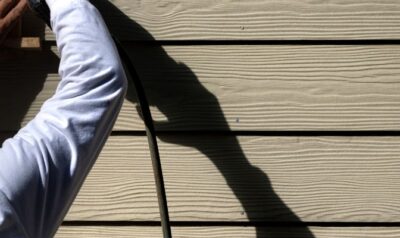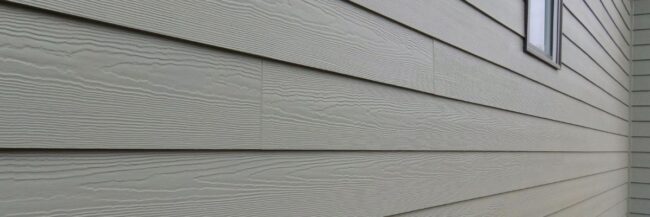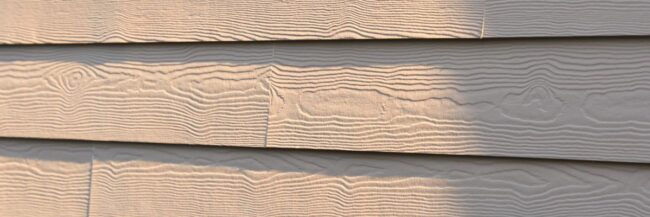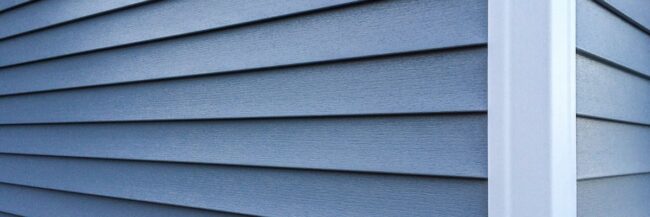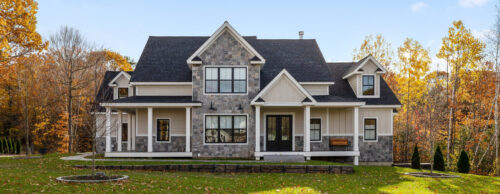Education > Roofing
How Long Do Architectural Shingles Last?
Architectural shingles typically last 22 to 25 years under normal conditions, making them a reliable and cost-effective roofing option for most homeowners.
While often marketed as “30-year shingles,” their actual lifespan depends on factors like climate, installation quality, attic ventilation, and regular maintenance.
This article explores how long architectural shingles really last, how they compare to other popular roofing materials, and what you can do to extend their performance and protect your investment.
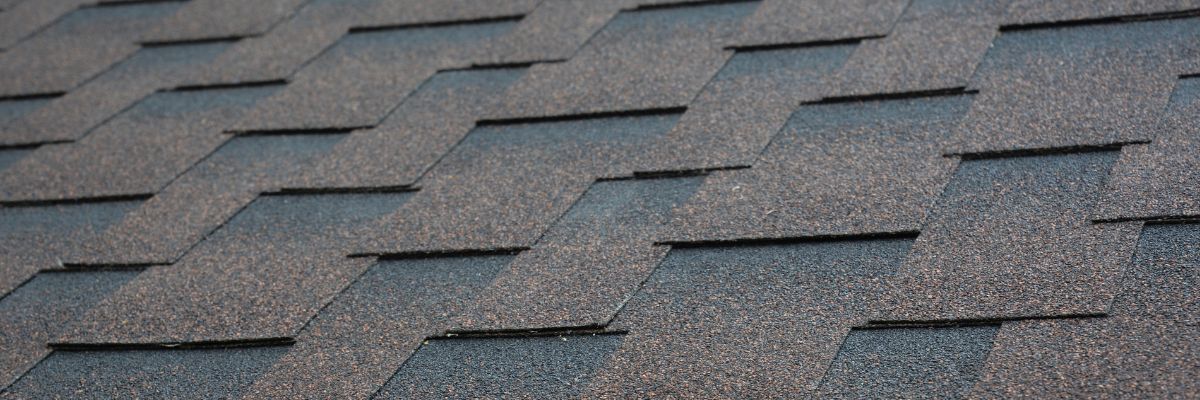
Factors That Impact Architectural Shingle Lifespan
- Climate: Harsh climates—such as extreme heat, heavy snow, high winds, and coastal salt exposure—can reduce the effective life of shingles.
- Installation Quality: A roof is only as good as the workmanship behind it. Improperly installed shingles are far more likely to fail prematurely.
- Attic Ventilation: Poor ventilation can cause heat and moisture buildup in the attic, degrading roofing materials from the inside out.
- Roof Orientation: South-facing roofs get more direct sun exposure and may wear out faster than shaded or north-facing ones.
- Maintenance: Regular inspections, debris removal, and prompt repairs are essential to preventing premature damage.
Premium Architectural Shingles
Some high-end architectural shingles – like those from Owens Corning – are manufactured with advanced materials and enhanced features (like algae-resistant coatings and thicker laminates), and can last up to 30–50 years. However, these products also come with a higher price tag and require ideal conditions to achieve such longevity.
Comparison: Architectural Shingles vs. Other Roofing Materials
Here’s how architectural shingles stack up against other major roofing materials in terms of average lifespan:
| Roofing Material | Average Lifespan (Years) |
| Asphalt (3-Tab) Shingles | 15–20 |
| Architectural Shingles | 25–30 (up to 50 premium) |
| Metal Roofing | 40–70 |
| Slate Tiles | 75–100+ |
| Wood Shingles/Shakes | 20–30 |
| Clay Tiles | 50+ |
Asphalt (3-Tab) Shingles
The most basic and affordable roofing option, 3-tab shingles typically last 15 to 20 years. They’re lightweight and easy to install but less resistant to wind, hail, and temperature fluctuations. Architectural shingles outperform them in every category.
Metal Roofing
Metal roofs, especially aluminum and galvanized steel, can last 40 to 70 years or more. They’re highly resistant to fire, wind, and moisture—making them ideal for coastal or storm-prone areas. While more expensive upfront, they offer excellent long-term value.
Slate Tiles
Slate is the most durable roofing material, often lasting 75 to over 100 years. It’s heavy, expensive, and requires skilled labor for installation, but it offers unmatched longevity and a classic aesthetic.
Wood Shingles and Shakes
Made from cedar or redwood, these offer a rustic charm and moderate durability. With regular maintenance, they can last 20 to 30 years, though they are vulnerable to fire, rot, and insect damage.
Clay Tiles
Popular in Mediterranean and Southwestern architecture, clay tiles can last 50 years or more. They’re fireproof and weather-resistant but also very heavy, requiring a reinforced roofing structure.
Architectural Shingles: Pros and Cons
Pros
- Improved Durability: Thicker and more resilient than 3-tab shingles.
- Aesthetic Appeal: Adds texture and dimension to a roof, enhancing curb appeal.
- Moderate Lifespan: Offers a respectable 25–30 year average life.
- Cost-Effective: More affordable than metal, tile, or slate roofing.
- Variety: Available in many colors and styles to match different home designs.
Cons
- Not Truly “30-Year”: Actual lifespan is often shorter than advertised.
- Vulnerable to Extreme Weather: May not hold up as well in regions with extreme hail or hurricane-force winds.
- Still Asphalt-Based: Less eco-friendly and durable compared to metal or slate.
How to Maximize the Life of Architectural Shingles
If you want to get the most out of your architectural shingles, consider the following tips:
- Hire a Reputable Roofer: Proper installation is key. Hire certified professionals with experience in your local climate.
- Ensure Proper Ventilation: A well-ventilated attic helps prevent heat and moisture buildup that can damage shingles.
- Inspect Annually: Check for cracked, missing, or curling shingles and address issues early.
- Clean the Roof: Remove debris, moss, and algae, especially in shaded or damp areas.
- Trim Overhanging Trees: Prevent falling branches and accumulated leaf litter.
- Address Drainage Issues: Ensure gutters and downspouts are functioning properly to prevent water damage.
- Use Premium Products: If budget allows, opt for upgraded architectural shingles with enhanced weather resistance and warranties.
Are Architectural Shingles Right for You?
Architectural shingles hit a sweet spot for many homeowners: they offer attractive looks, solid performance, and a reasonable lifespan without the high cost of premium materials. They’re an excellent choice for mid-range budgets and can suit nearly any home style, from colonial to contemporary.
However, if you’re in a region with frequent severe weather—or if you plan to stay in your home for several decades—it may be worth investing in metal or synthetic options that can offer longer lifespans and lower lifetime costs.
Final Thoughts: A Smart, Balanced Roofing Choice
Architectural shingles are a popular and practical choice for many homeowners, offering enhanced durability and curb appeal compared to standard asphalt shingles. While often promoted as “30-year” shingles, most realistically last about 22 to 25 years under typical conditions. With premium materials and proper care, they can reach or even exceed the 30-year mark.
However, a roof’s true lifespan depends on more than just the product—it also relies on expert installation, proper attic ventilation, and consistent maintenance. For homeowners seeking dependable performance at a reasonable price, architectural shingles remain one of the top mid-range roofing options on the market.
Not sure which roofing material is right for your home? Contact Home Genius Exteriors today for a free consultation. Our certified roofing specialists will help you evaluate your options and deliver a high-quality installation that ensures long-term value and protection for your home.

